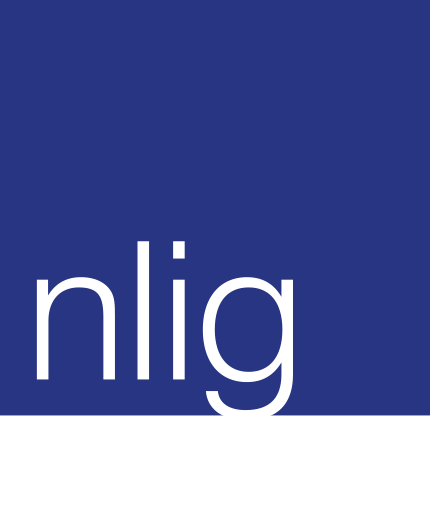RAAC update: Theatres battle a new foe called King RAAC!

There has been a surge in the number of schools and colleges reporting RAAC issues, with 27 more institutions added to the list of affected locations. The total number of confirmed cases now stands at 174, with mitigation work either in progress or completed. This problem isn't just limited to schools; several theatres across the country have also been impacted, putting the production of pantomimes and shows at risk. The new foe responsible for this is referred to as 'King RAAC'.
Auditoriums in various locations throughout the UK have all been affected by the detection of RAAC seams in their construction. Even council-owned venues like the Sands Centre in Carlisle and St David’s Hall in Cardiff have been closed until next year, while the Forum Theatre in Romiley is awaiting a surveyor’s report. However, some theatres have already carried out intensive repairs, enabling them to open in time for the festivities.
RAAC used in the 60s and 70s
RAAC (Reinforced Autoclaved Aerated Concrete) was a popular construction material used in the 1950s and 60s for various public and private buildings due to its low cost, lightweight structure, and good insulation properties. It was commonly used in schools, hospitals, airports, police stations, shopping centres, and some residential buildings.
RAAC consisted of smooth, light grey or white panels with a bubbly appearance inside, resembling an aerated chocolate bar. However, its porous and lightweight properties came at the cost of its structural strength, making it prone to cracking and weakness. Many buildings constructed with RAAC are now over 30 years old, and there have been reports of sudden roof collapses, even in structures that appear to be in good condition.
Act now to redress potential risks
If you own a building that was constructed with RAAC (Reinforced Autoclaved Aerated Concrete) panels from the 1950s and 60s, it is crucial that you ensure their safety. To do so, you should hire a qualified building surveyor or structural engineer who has experience of RAAC. They will be able to assess the condition of the RAAC panels and suggest remedial actions if required, such as replacement. To find a qualified engineer, you can refer to The Institute of Structural Engineers’ list of professionally registered structural engineers or contact the Royal Institution of Chartered Surveyors (RICS), who has been working with the government and building operators to understand the nature of RAAC better.
If RAAC (Reinforced Autoclaved Aerated Concrete) is detected in your building and remedial action is necessary, it's vital that you inform your insurer as soon as possible. Damage caused by the collapse or cracking of a structure resulting from RAAC may lead to cover being excluded.
Contact us immediately, and we can guide you in informing your insurer. We can also review your cover, and if your building requires remedial work, we can arrange Contract Works insurance to cover the building works. Additionally, if your building is going to remain unoccupied for more than 30 consecutive days, please let us know, and we can arrange the necessary cover.
To discuss your requirements, please call 01992 703 300, or email us at insurance@nlig.co.uk

